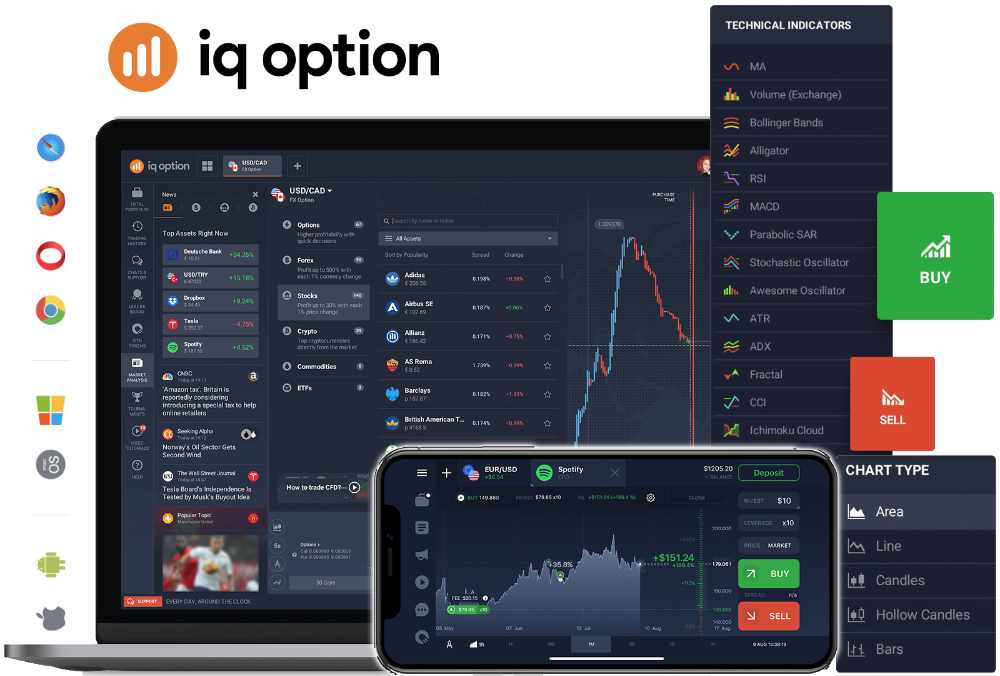Breakout Trading Mastery: Capitalizing on Price Movements
Breakout trading is a strategy used by investors and traders to take advantage of price movements that exceed a defined resistance or support level, with increased volume. This approach can be applied across various financial markets, including stocks, forex, commodities, and cryptocurrencies. Mastering breakout trading involves understanding the underlying principles, recognizing patterns, and effectively managing risks. In this article, we delve into the intricacies of breakout trading and provide insights on how to capitalize on these significant price movements.
Understanding Breakout Trading
Before diving into the strategies for mastering breakout trading, it’s essential to understand what a breakout is and why it occurs. A breakout happens when the price of an asset moves outside a defined support or resistance level, which can be identified on price charts using trendlines, moving averages, or other technical indicators. These levels are formed by the price peaks and troughs over a period and represent the psychological price points where the market has previously shown support or resistance.
Breakouts are significant because they indicate a potential change in market sentiment and can lead to strong trends. They are often accompanied by increased trading volume, which adds to the validity of the breakout. Traders who can identify and act on these movements early may capture substantial gains as the trend develops.
Identifying Potential Breakouts
To capitalize on breakout opportunities, traders must first identify potential breakouts. This involves analyzing chart patterns and technical indicators that signal a buildup of pressure and a possible price surge.
- Chart Patterns: Classic chart patterns such as triangles, flags, and rectangles often precede breakouts. For instance, a consolidating ‘triangle’ pattern may indicate that a breakout is imminent as the price converges to a point.
- Volume Indicators: A surge in trading volume can confirm the strength of a breakout. Volume indicators like the On-Balance Volume (OBV) or Volume-Weighted Average Price (VWAP) can provide additional insights.
- Moving Averages: Moving averages can act as dynamic support and resistance levels. A price breakout above a significant moving average, such as the 50-day or 200-day MA, can signal the start of a new trend.
By combining these tools, traders can improve their chances of identifying strong breakout candidates before they occur.
Strategies for Trading Breakouts
Once potential breakouts are identified, traders need to apply strategies to effectively trade these opportunities. Here are some key strategies:
- Position Sizing: Determine the size of your position based on the volatility of the asset and your risk tolerance. This helps manage potential losses if the breakout fails.
- Entry Points: Decide on an entry point after the breakout has been confirmed by volume or a closed candlestick above resistance or below support.
- Stop-Loss Orders: Place stop-loss orders below the breakout level to protect against false breakouts and limit potential losses.
- Profit Targets: Set realistic profit targets based on historical price movements and resistance levels following the breakout.
These strategies help traders to enter and exit breakout trades with a clear plan, reducing the impact of emotions on trading decisions.
Risk Management in Breakout Trading
Risk management is crucial in breakout trading, as not all breakouts lead to new trends. Here are some risk management techniques:
- Stop-Loss Orders: As mentioned earlier, stop-loss orders are essential for limiting losses on each trade.
- Position Sizing: Adjusting the size of your position based on the asset’s volatility and your risk profile helps manage overall risk.
- Diversification: Spread your capital across different assets and sectors to reduce the impact of a single losing trade.
- Risk-Reward Ratio: Aim for a favorable risk-reward ratio, typically at least 1:2, where the potential reward is twice the risk.
Implementing these risk management practices can help traders preserve their capital and stay in the game for the long term.
Psychology of Breakout Trading
The psychology behind breakout trading is as important as the technical aspects. Fear of missing out (FOMO) can lead to impulsive decisions, while fear of loss can result in premature exits from winning trades. Successful breakout traders maintain discipline, follow their trading plan, and do not let emotions dictate their actions.
Advanced Breakout Trading Techniques
For those looking to enhance their breakout trading skills, advanced techniques can provide an edge:
- Multiple Time Frame Analysis: Analyzing chart patterns on different time frames can provide a more comprehensive view of potential breakouts.
- Price Action: Understanding price action and candlestick patterns can offer additional confirmation of breakouts and potential reversals.
- Market Sentiment: Gauging market sentiment through news, analyst opinions, and economic indicators can help predict the strength and sustainability of a breakout.
These advanced techniques require a deeper understanding of market dynamics but can significantly improve breakout trading performance.
Common Pitfalls in Breakout Trading
Even experienced traders can fall victim to common pitfalls in breakout trading:
- Chasing Breakouts: Entering a trade after the breakout has occurred can lead to buying at the top or selling at the bottom.
- Ignoring Volume: Trading breakouts without confirming volume can result in false breakouts.
- Overtrading: Entering too many trades can lead to increased transaction costs and reduced focus on high-quality setups.
Avoiding these pitfalls is essential for maintaining a profitable breakout trading strategy.
Conclusion: Key Takeaways in Breakout Trading Mastery
Breakout trading is a powerful strategy that, when mastered, can lead to significant profits. The key takeaways for mastering breakout trading include understanding the concept of breakouts, identifying potential breakout points, applying effective trading strategies, managing risks, and maintaining discipline to avoid psychological traps.
By incorporating these insights into your trading approach, you can capitalize on price movements and potentially achieve greater success in the financial markets. Remember, breakout trading is not without its risks, and it requires continuous learning and adaptation to market conditions. However, with dedication and a solid understanding of the principles outlined in this article, traders can develop the skills necessary to master breakout trading and thrive in today’s dynamic trading environment.





 How to trade FX options? (01:44)
How to trade FX options? (01:44) How to trade CFD? (00:49)
How to trade CFD? (00:49) How to trade binary options*? (01:22)
How to trade binary options*? (01:22) Forex. How to start? (01:01)
Forex. How to start? (01:01)